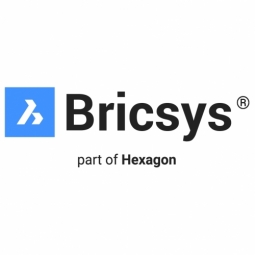Technology Category
- Actuators - Electrical Actuators
- Sensors - Electrical Conductivity Sensors
Applicable Industries
- Electrical Grids
- Renewable Energy
Applicable Functions
- Product Research & Development
Use Cases
- Intelligent Packaging
- Virtual Prototyping & Product Testing
Services
- Hardware Design & Engineering Services
About The Customer
Dook Techniek is a small company based in the Netherlands, founded in 2008 by Jos Tacke. The company initially focused on electrical engineering, PLC programming, and renewable energy. However, over the years, it has gradually transitioned towards mechanical engineering and mechatronics. The company is involved in various projects, including the creation of a label press for a client. The founder, Jos Tacke, is a forward-thinking individual who understands the importance of keeping up with digital transformations in the industry. He is always looking for ways to improve his operations and enhance his digital skills.
The Challenge
Dook Techniek, a small company in the Netherlands, was founded in 2008 by Jos Tacke. Initially, the company was primarily involved in electrical engineering, PLC programming, and renewable energy. However, over the years, the company has gradually shifted towards mechanical engineering and mechatronics. The company's founder, Jos Tacke, was working on a label press project for a client, which involved receiving the 3D design and mechanical parts and ensuring their assembly. The controls, hydraulic, electrical, and safety facilities were to be built in consultation with the client. The digital transformation in the industry made Jos realize the importance of CAD software. Initially, he barely used CAD software and often received ready-made drawings with dimensions from his clients. However, with the advent of digital drawings, he had to keep his digital skills up-to-date. Dook Techniek was using AutoCAD® LT to support its operations, but Jos was looking for a 3D package for mechanical engineering that was also available as a perpetual license.
The Solution
In search of a more suitable CAD software, Jos was introduced to BricsCAD Mechanical by CADkoop, an official BricsCAD reseller. BricsCAD Mechanical was a 3D package for mechanical engineering that was also available as a perpetual license, which was exactly what Jos was looking for. He decided to switch to BricsCAD Mechanical as it contained all the tools he needed as a machine builder, including sheet metal, support for 2D drawing and 3D modeling, and various materials. Moreover, everything worked in DWG. Along with BricsCAD Mechanical, Jos also purchased the Communicator for BricsCAD to import and export STEP files. He expects to work more and more with BricsCAD in the future, as the better his drawings are, the more time he saves with them. The BricsCAD tutorials significantly help him with his self-study, and in case he can’t figure something out, he can quickly get in touch with his contact at CADkoop.
Operational Impact

Case Study missing?
Start adding your own!
Register with your work email and create a new case study profile for your business.
Related Case Studies.

Case Study
Remote Monitoring & Predictive Maintenance App for a Solar Energy System
The maintenance & tracking of various modules was an overhead for the customer due to the huge labor costs involved. Being an advanced solar solutions provider, they wanted to ensure early detection of issues and provide the best-in-class customer experience. Hence they wanted to automate the whole process.
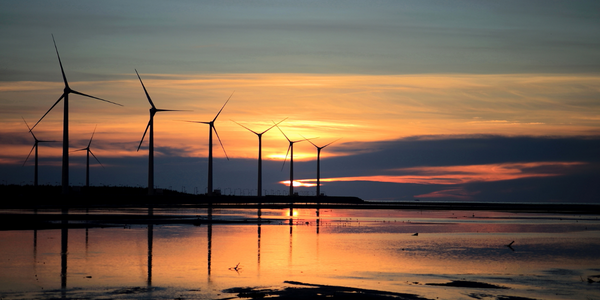
Case Study
Vestas: Turning Climate into Capital with Big Data
Making wind a reliable source of energy depends greatly on the placement of the wind turbines used to produce electricity. Turbulence is a significant factor as it strains turbine components, making them more likely to fail. Vestas wanted to pinpoint the optimal location for wind turbines to maximize power generation and reduce energy costs.
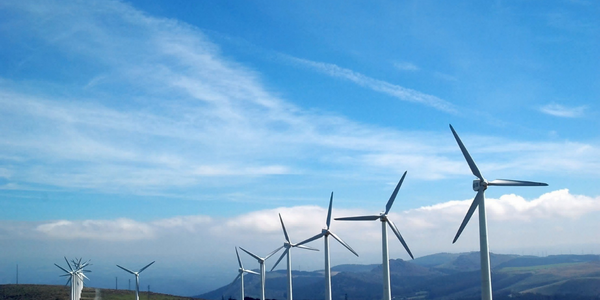
Case Study
Siemens Wind Power
Wind provides clean, renewable energy. The core concept is simple: wind turbines spin blades to generate power. However, today's systems are anything but simple. Modern wind turbines have blades that sweep a 120 meter circle, cost more than 1 million dollars and generate multiple megawatts of power. Each turbine may include up to 1,000 sensors and actuators – integrating strain gages, bearing monitors and power conditioning technology. The turbine can control blade speed and power generation by altering the blade pitch and power extraction. Controlling the turbine is a sophisticated job requiring many cooperating processors closing high-speed loops and implementing intelligent monitoring and optimization algorithms. But the real challenge is integrating these turbines so that they work together. A wind farm may include hundreds of turbines. They are often installed in difficult-to-access locations at sea. The farm must implement a fundamentally and truly distributed control system. Like all power systems, the goal of the farm is to match generation to load. A farm with hundreds of turbines must optimize that load by balancing the loading and generation across a wide geography. Wind, of course, is dynamic. Almost every picture of a wind farm shows a calm sea and a setting sun. But things get challenging when a storm goes through the wind farm. In a storm, the control system must decide how to take energy out of gusts to generate constant power. It must intelligently balance load across many turbines. And a critical consideration is the loading and potential damage to a half-billion-dollar installed asset. This is no environment for a slow or undependable control system. Reliability and performance are crucial.
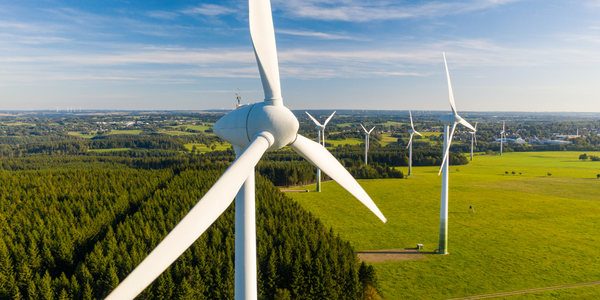
Case Study
Remote Monitoring and Control for a Windmill Generator
As concerns over global warming continue to grow, green technologies are becoming increasingly popular. Wind turbine companies provide an excellent alternative to burning fossil fuels by harnessing kinetic energy from the wind and converting it into electricity. A typical wind farm may include over 80 wind turbines so efficient and reliable networks to manage and control these installations are imperative. Each wind turbine includes a generator and a variety of serial components such as a water cooler, high voltage transformer, ultrasonic wind sensors, yaw gear, blade bearing, pitch cylinder, and hub controller. All of these components are controlled by a PLC and communicate with the ground host. Due to the total integration of these devices into an Ethernet network, one of our customers in the wind turbine industry needed a serial-to-Ethernet solution that can operate reliably for years without interruption.

Case Study
Temperature monitoring for vaccine fridges
Dulas wanted a way to improve the reliability of the cold chain, facilitating maintenance and ensuring fewer vaccines are spoiled. Dulas wanted an M2M solution which would enable them to record and report the temperature inside vaccine refrigerators.
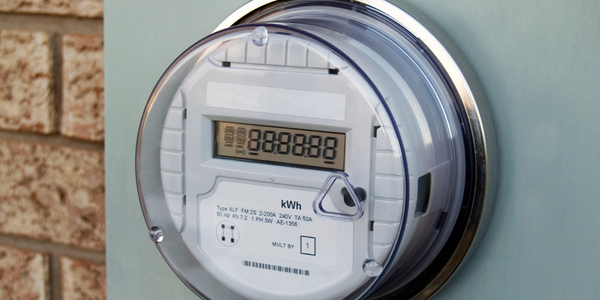
Case Study
Hydro One Leads the Way In Smart Meter Development
In 2010, Ontario’s energy board mandated that time-of-use (TOU) pricing for consumers be available for all consumers on a regulated price plan. To meet this requirement, Hydro One needed to quickly deploy a smart meter and intelligent communications network solution to meet the provincial government’s requirement at a low cost. The network needed to cover Hydro One’s expansive service territory, which has a land mass twice the size of Texas, and its customers live in a mix of urban, rural, and remote areas, some places only accessible by air, rail, boat or snowmobile. Most importantly, the network needed to enable future enterprise-wide business efficiencies, modernization of distribution infrastructure and enhanced customer service. To meet these needs, Hydro One conceptualized an end-to-end solution leveraging open standards and Internet Protocols (IP) at all communication levels. The utility drew upon industry leaders like Trilliant to realize this vision.




